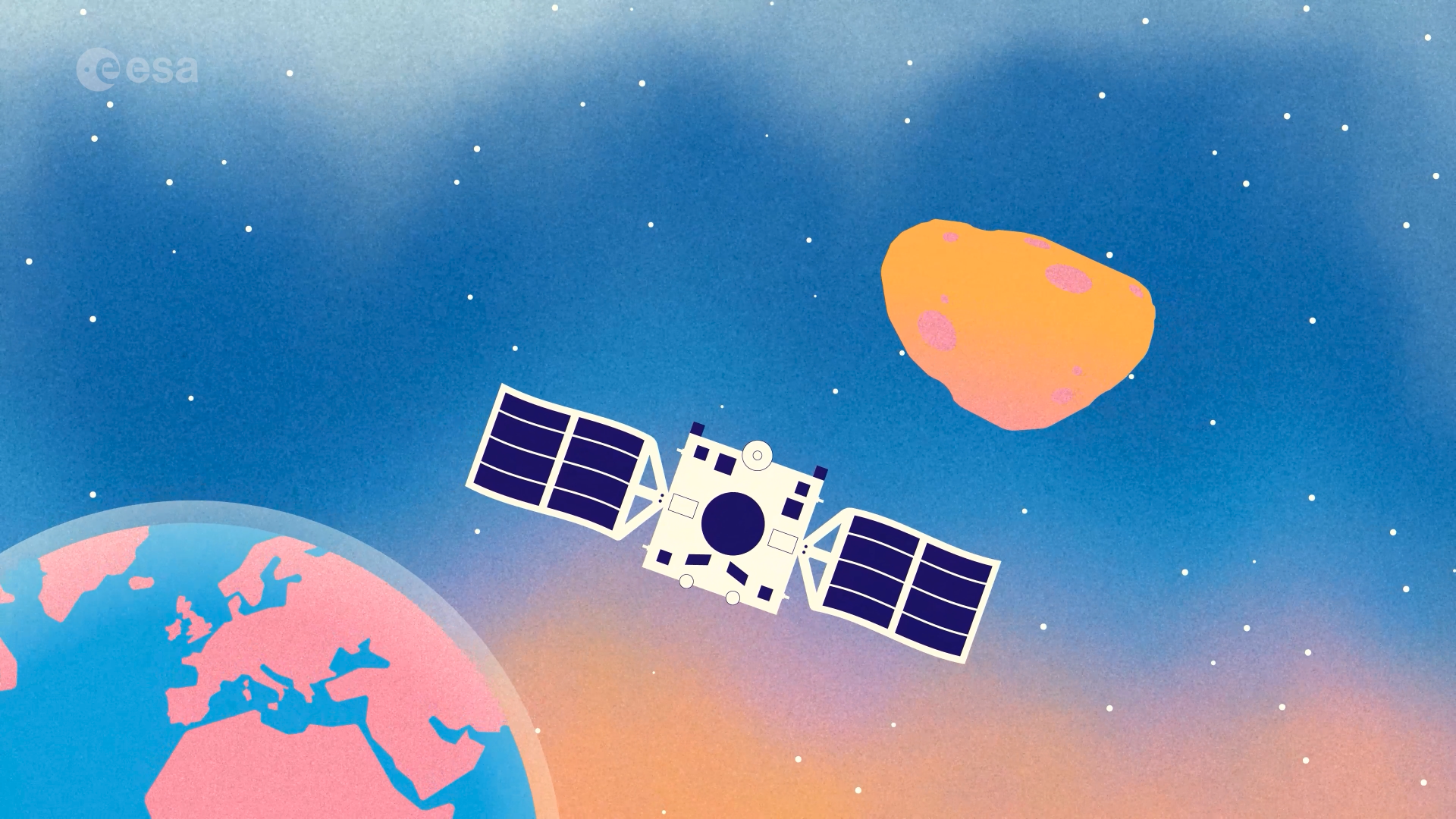Key Takeaways
- On April 13, 2029, the 375-meter-wide asteroid Apophis will safely pass Earth at a distance of under 32,000 kilometers.
- The European Space Agency is proposing the Rapid Apophis Mission for Space Safety (Ramses) to study the asteroid during its flyby.
- This mission aims to enhance preparedness for future asteroid threats, as Apophis’s close approach occurs only once every 7,000 years.
Upcoming Close Encounter with Apophis
On April 13, 2029, Apophis, a 375-meter-wide asteroid, will make a notable passage near Earth, coming within 32,000 kilometers—closer than many satellites in geostationary orbit. This unique event will allow for the asteroid to be visible to the naked eye from parts of Europe and Africa during its flyby.
Despite its proximity, Apophis poses no threat to Earth; such a large asteroid only travels this close to our planet approximately once every 7,000 years. To take advantage of this rare occurrence, the European Space Agency (ESA) is proposing the Rapid Apophis Mission for Space Safety (Ramses).
If the Ramses mission receives approval, it will launch a year prior to Apophis’s flyby. The spacecraft aims to rendezvous with the asteroid months before its encounter with Earth. Equipped with a suite of scientific instruments, Ramses will conduct essential measurements of Apophis’s size, shape, composition, rotation, and trajectory, specifically observing how Earth’s gravity affects the asteroid during the flyby.
In addition to the primary spacecraft, Ramses plans to deploy two smaller probes at Apophis to gather close-range data. This will mark a significant advancement in studying asteroids, as no prior mission has executed such a detailed investigation of an asteroid during a planetary encounter.
The Ramses mission forms a vital part of the Planetary Defence segment of ESA’s Space Safety Programme. By successfully conducting this mission, ESA aims to demonstrate its capabilities in designing and launching a rapid-response mission to an asteroid of great significance, thereby contributing to global efforts to protect Earth from potential asteroid threats.
When the world observes Apophis crossing the sky, the Ramses mission may be operating in tandem, offering insights into the Solar System’s formation and equipping humankind with knowledge to protect against future impacts from celestial objects.
The content above is a summary. For more details, see the source article.















